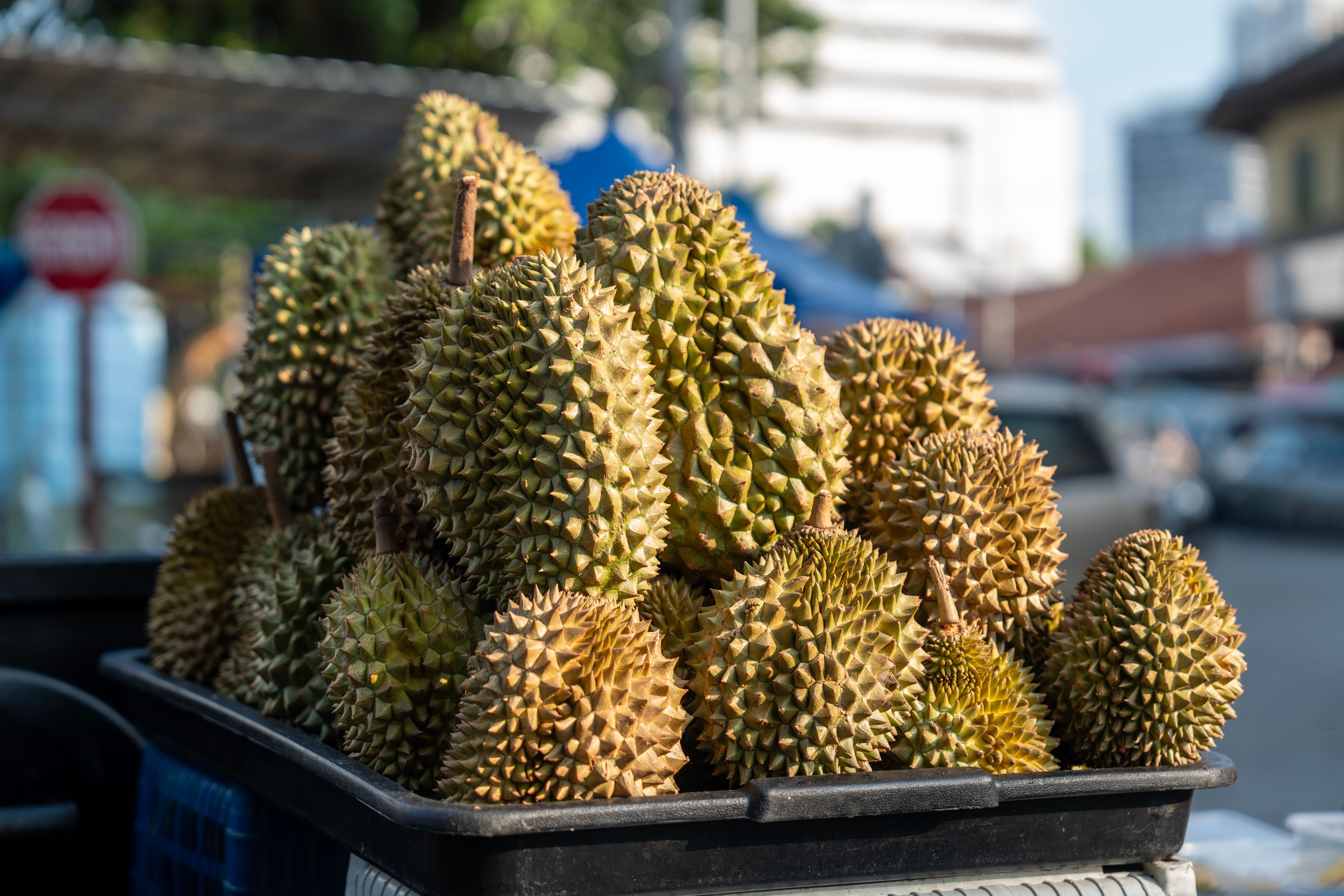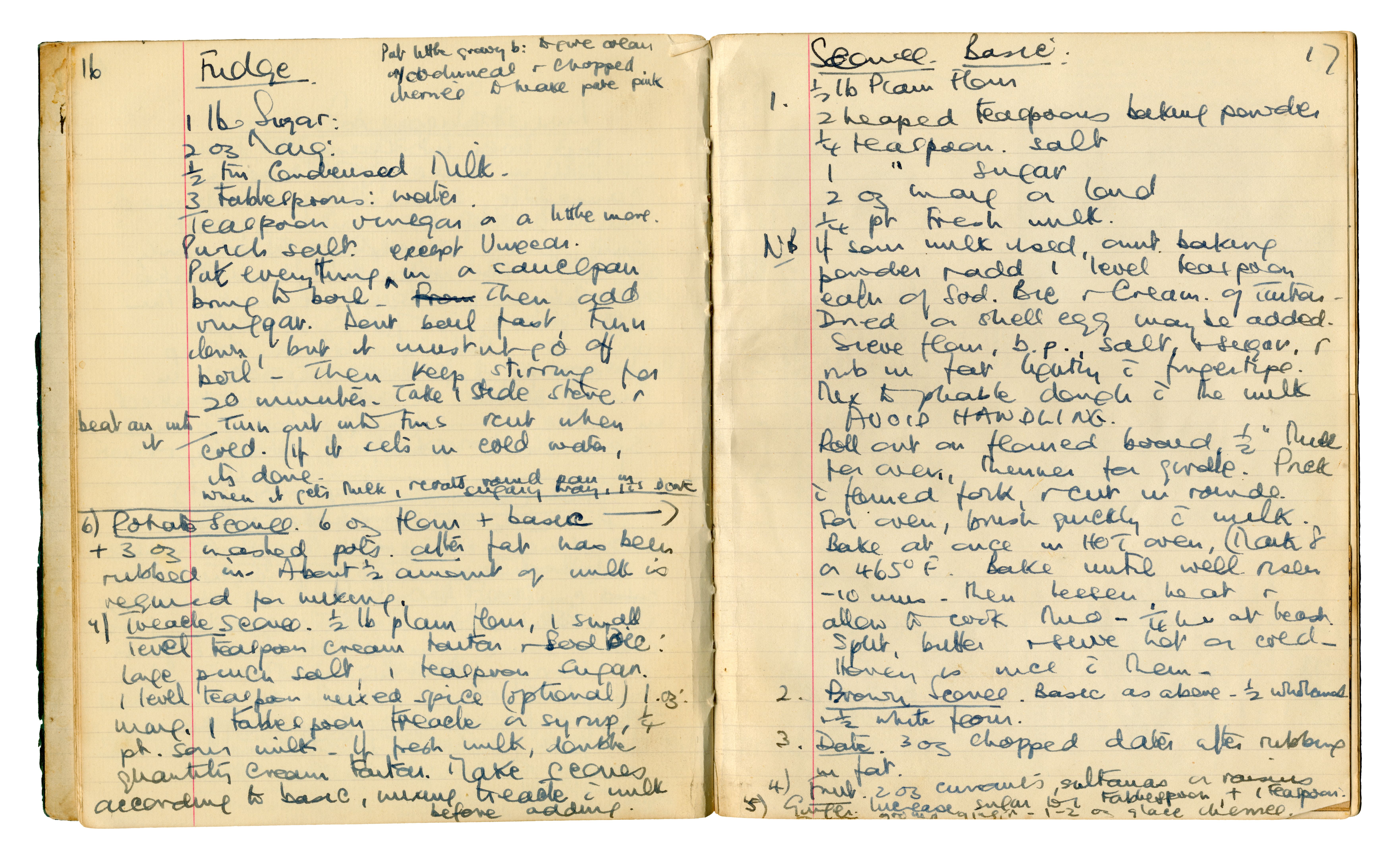The Gilded Age Cookbook
Introduction to the Gilded Age
The Gilded Age, a term coined by Mark Twain, refers to a period of rapid economic growth and extravagant displays of wealth in the United States during the late 19th century. It was an era marked by industrial expansion, opulent lifestyles, and a burgeoning middle class. Amidst this backdrop, culinary arts flourished, giving rise to a unique culinary culture that reflected the sophistication and extravagance of the time.
During this period, cookbooks became more than just collections of recipes; they were cultural artifacts that offered insights into the lifestyle and values of the era. One such treasure is the Gilded Age Cookbook, which captures the grandeur and elegance of the time.
The Art of Fine Dining
The Gilded Age was characterized by lavish dinner parties and opulent banquets. Hosts spared no expense in creating extravagant dining experiences, with elaborate menus that featured multiple courses showcasing a variety of culinary techniques. The Gilded Age Cookbook serves as a window into these grand affairs, detailing recipes that were both intricate and innovative.
Chefs of the time were revered as artists, using ingredients like caviar, truffles, and foie gras to craft dishes that were as visually stunning as they were delicious. The cookbook reflects this artistry, providing readers with a glimpse of the meticulous attention to detail that defined Gilded Age cuisine.
Key Ingredients and Techniques
Many recipes from the Gilded Age relied on ingredients that were considered luxurious and exotic. Seafood, game meats, and imported spices were staples in many dishes. The use of advanced cooking techniques such as braising, poaching, and flambéing was common, elevating meals to new heights of sophistication.

The Social Significance of Dining
In the Gilded Age, dining was not just about sustenance; it was a social event. Meals were opportunities for showcasing wealth and status. The Gilded Age Cookbook includes not only recipes but also guidance on proper etiquette and table settings, emphasizing the importance of presentation and decorum.
Tables were adorned with fine china, crystal glassware, and silver cutlery. Each course was served with precision and flair, reflecting the host's attention to detail and commitment to hospitality. These traditions highlight how dining was intertwined with social standing during this period.
Legacy and Influence
The culinary practices of the Gilded Age have left an indelible mark on modern cuisine. Many techniques and recipes from this era continue to influence contemporary chefs and food enthusiasts. The Gilded Age Cookbook not only preserves these culinary traditions but also inspires a new generation to appreciate the elegance and creativity of this remarkable period.

Conclusion
Exploring the Gilded Age Cookbook is like taking a journey back in time to an era of culinary elegance and innovation. This remarkable collection offers a glimpse into a world where food was more than mere sustenance—it was an art form that mirrored the opulence and grandeur of its time. By studying these recipes and techniques, we can gain a deeper appreciation for the rich history of American cuisine and its evolution over the years.
Whether you're a history buff or a culinary enthusiast, the Gilded Age Cookbook provides a fascinating insight into a pivotal era in American history. It serves as a testament to the enduring allure of fine dining and the timeless appeal of culinary artistry.
